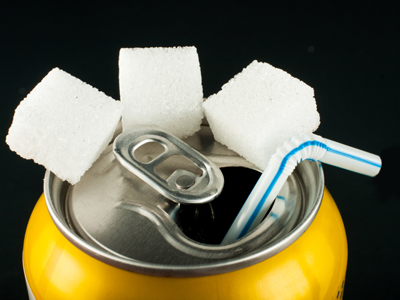
Enzymes
This Biology quiz is called 'Enzymes' and it has been written by teachers to help you if you are studying the subject at middle school. Playing educational quizzes is a fabulous way to learn if you are in the 6th, 7th or 8th grade - aged 11 to 14.
It costs only $12.50 per month to play this quiz and over 3,500 others that help you with your school work. You can subscribe on the page at Join Us
Enzymes are proteins and their molecules act as biological catalysts. This means that they speed up chemical reactions in living organisms, and in this middle school Biology quiz we are going to take a closer look at some of the different enzymes, what they do and how they work. Enzymes function because they are long molecules that are twisted and folded into a specific and usually very complex shape.
The shape allows smaller chemicals (substrate molecules) to fit into certain places called active sites. This brings the substrate chemicals close together and so they can react more easily than they would do otherwise.
Enzymes work best at specific temperatures and pH levels, for example, human enzymes work best at about 37oC. They are sensitive to temperature and pH, and change their shape under conditions of moderately high temperatures (45oC and above) and values of pH that differ from the ones in which they normally work. When they change shape like this, we say that they are denatured and the active sites will no longer work as efficiently. As the temperature or pH becomes more extreme, the active sites stop working altogether.
Enzymes are found at work in almost all places in the body of any organism, whether plant, animal or bacteria. They are catalysts for many biological processes such as respiration, photosynthesis and the synthesis of proteins. They also break down longer molecules into shorter more useful chemicals e.g. during digestion, enzymes convert large molecules into smaller molecules which can then be absorbed. Because they can be used to cut other molecules, they are used in genetic engineering. They are carefully chosen to cut specific genes from the DNA of plants and animals which can then be spliced into other DNA. They are even used in industry to catalyze reactions at normal pressure and temperature thus saving money on expensive energy-demanding equipment that would otherwise be needed.
Try this quiz and test your knowledge of enzymes - the proteins and biological catalysts.
Ready for more?
not all...
quizzers. Try to win a coveted spot on our Hall of Fame Page.







